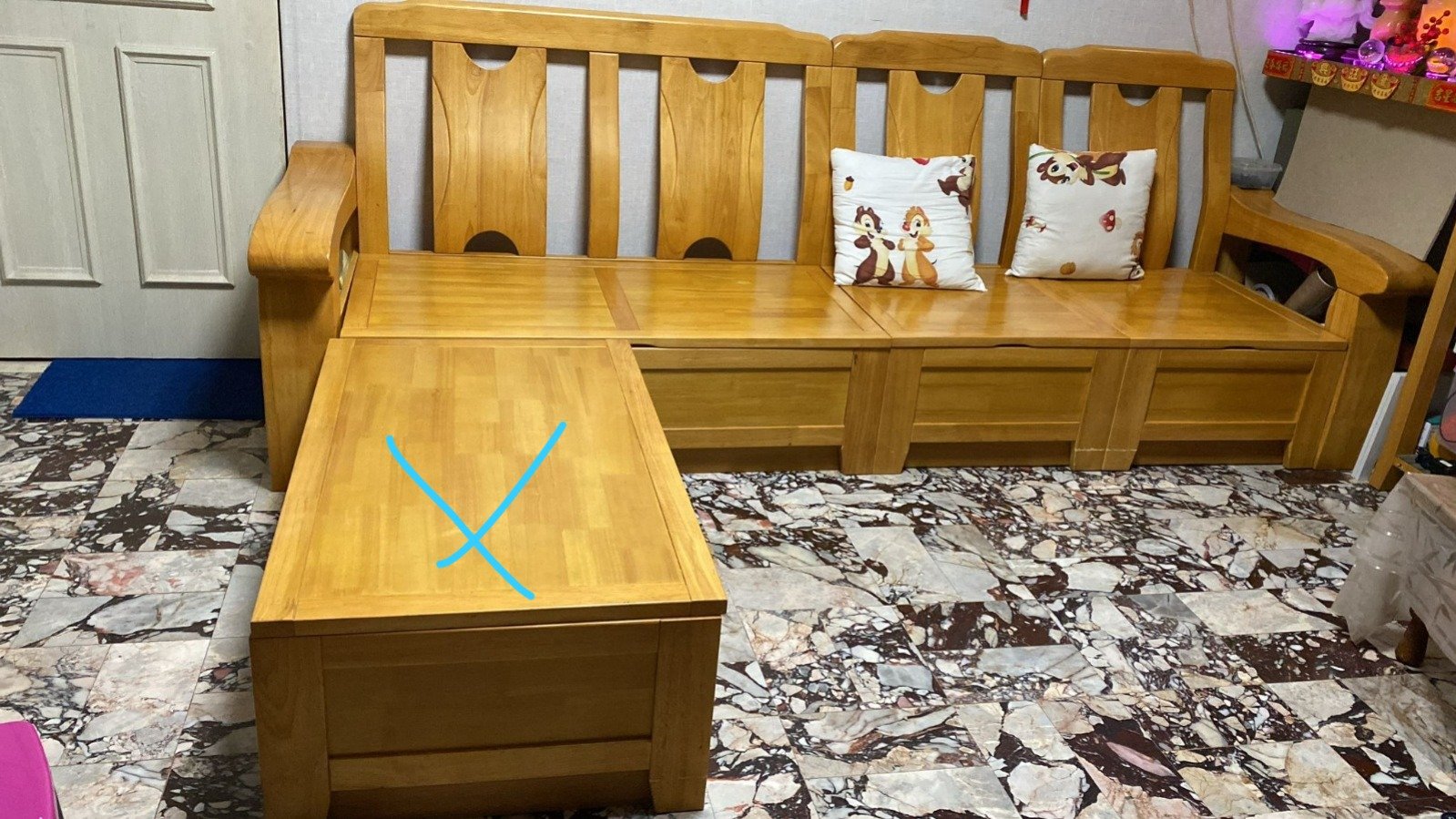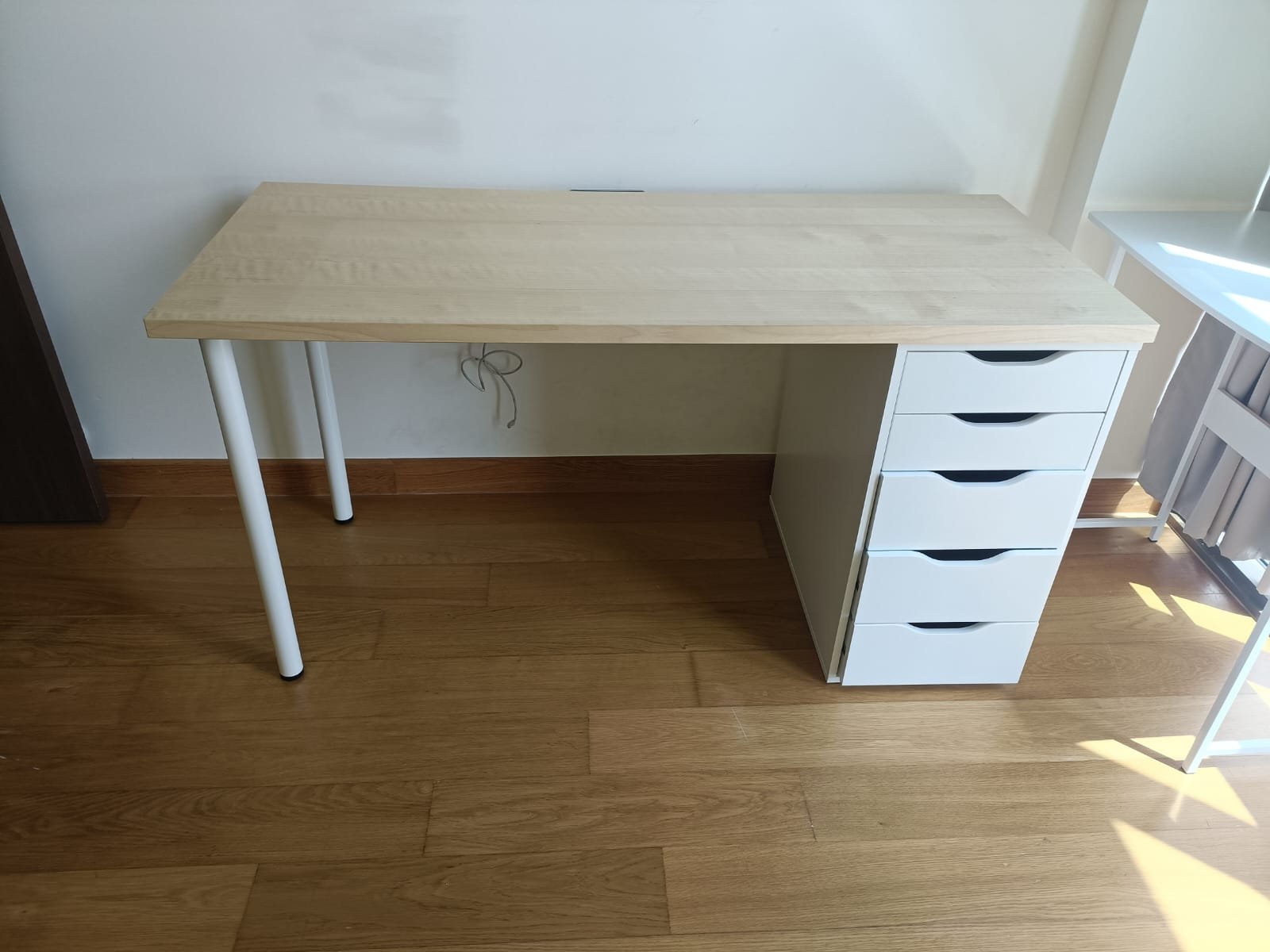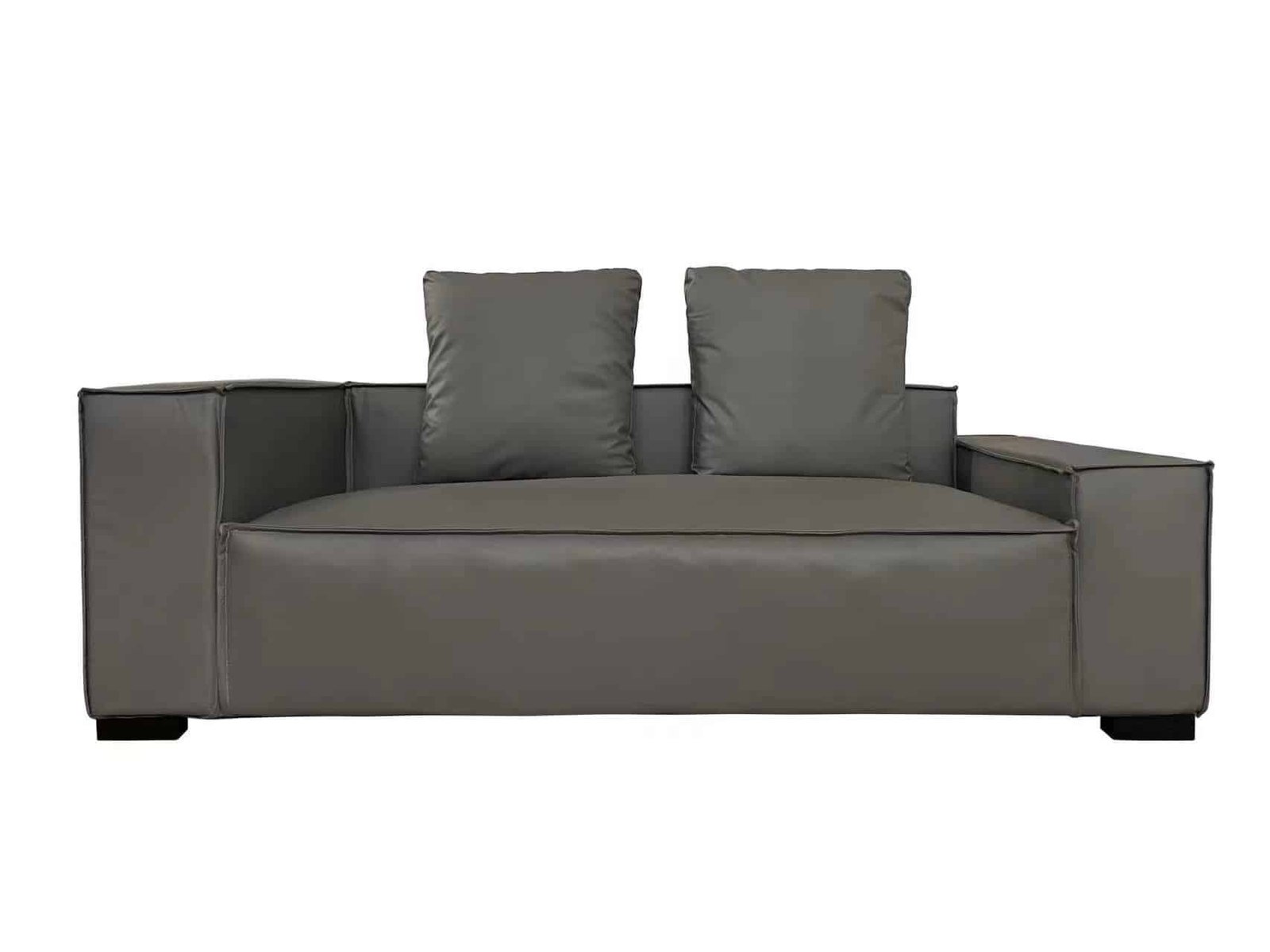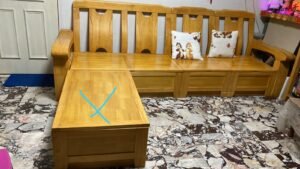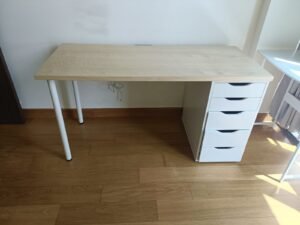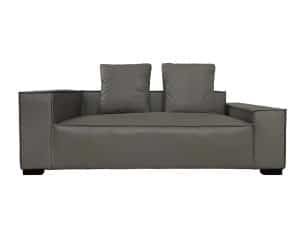Bring New Life to Old Pieces with the Best Tools for Upcycling Used Furniture
That old bench with chipped paint or the cabinet someone left by the curb might not seem worth saving at first. But with a few reliable tools and a bit of patience, what once looked disposable can easily become something worth keeping. Whether you’re using hand tools or lightweight power tools, having the right gear makes transformation feel doable even exciting.
Some call it furniture flipping. Others see it as restoration, reuse, or DIY reinvention. No matter the approach, the goal stays the same: to take something second-hand and turn it into something useful again.
Why Upcycling Continues to Grow in Popularity
Upcycling has become more than a side hobby; it’s now part of a broader conversation about sustainability, design, and conscious living. Every time you choose to reuse instead of replace, you reduce demand for new materials and help slow the cycle of disposable consumer goods.
The appeal isn’t just environmental. Many people find joy in the process especially when the final result reflects personal creativity. And with the best tools for upcycling used furniture, even a beginner can achieve something impressive and lasting.
Start with the Basics
You don’t need fancy equipment to begin. Some of the most successful upcycling projects begin with a few affordable tools:
- Sandpaper or sanding blocks: Smooth out surfaces or remove layers of old paint.
- Screwdrivers: For loosening or tightening hardware, hinges, and fixtures.
- Wood glue: Helps fix loose joints or broken legs.
- Measuring tape: Essential for cuts, spacing, and accurate placement.
- Wood filler and a putty knife: To fill gaps, cracks, or nail holes before refinishing.
Starting small lets you practice technique and build confidence. Each project becomes a stepping stone toward more complex and rewarding transformations.
Level Up with Time-Saving Tools
Once you’re comfortable with hand tools, power tools can take your projects even further. These tools are not always required, but they’re helpful for saving time and creating smoother finishes:
- Orbital sander: More efficient than manual sanding, especially for tabletops and cabinet faces.
- Cordless drill/driver: Speeds up hardware installation or removal.
- Clamps: Hold pieces steady while glue sets.
- Paint sprayer: Ideal for larger surfaces or layered finishes.
- Heat gun: Removes old paint or adhesive quickly and cleanly.
Investing in even one of these can make a noticeable difference in your process and results.
The Best Tools for Upcycling Used Furniture Go Beyond the Toolbox
Creativity is just as important as any physical tool. The ability to visualize something new from something old is what turns average furniture into a conversation piece. You don’t need to be a professional designer to experiment with bold colors, mixed materials, or unexpected modifications.
Even a small design decision, like swapping knobs or painting only half a chair can completely change how a piece fits into your room. Ideas are free, and sometimes the most valuable part of upcycling.
Choosing the Right Materials
Tools get the job done, but materials finish it. The paint you choose, the sealer you apply, and the fabrics you work with all influence durability and appearance. Here are a few quick tips:
- Use chalk paint for quick adhesion and a matte finish.
- Choose polyurethane or clear wax for protective top coats.
- Try canvas or thick cotton blends for reupholstery, they’re easier to stretch and staple.
- Avoid high-gloss paint on rough wood unless it’s fully sanded.
Materials that hold up over time can turn a short-term DIY into a long-lasting part of your space.
Every Piece Has Potential
A second-hand wardrobe or an old wooden chair isn’t just something worn-out, it’s material waiting for new purpose. With the best tools for upcycling used furniture into functional or decorative pieces, you can take what others overlook and turn it into something full of life. Sometimes all it takes is sanding, repainting, or swapping the hardware, and suddenly it fits right into your home.
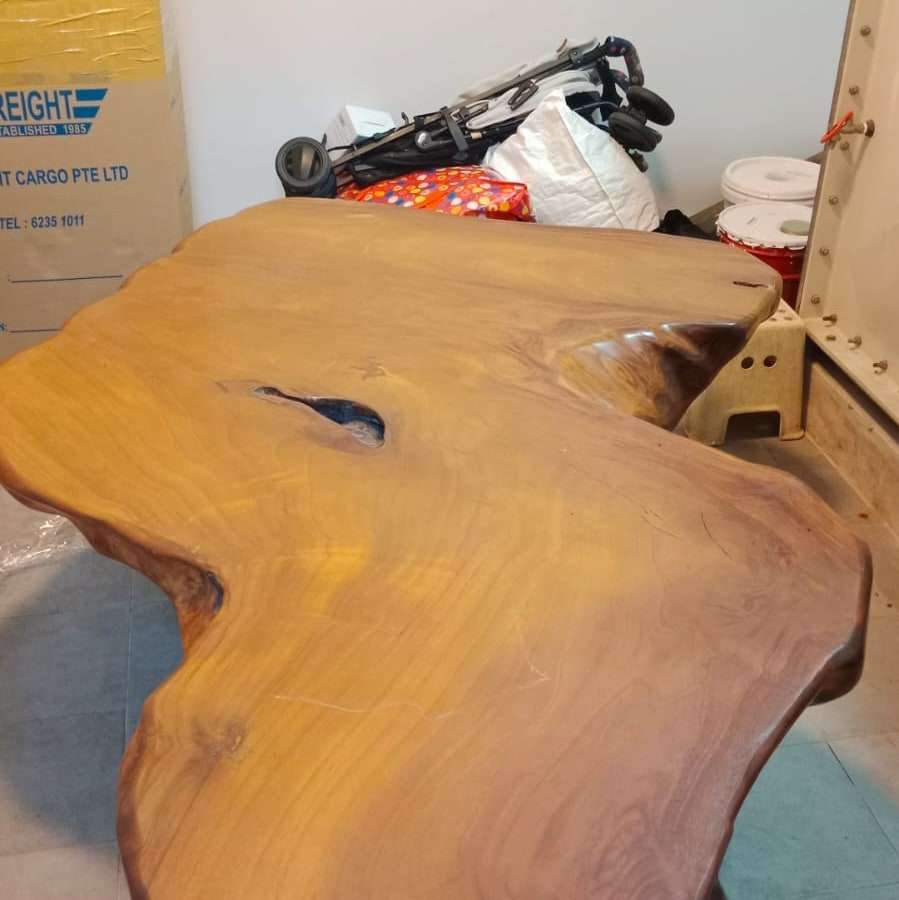
Find Furniture Worth Transforming
The journey begins with the right piece. If you’re searching for sturdy, affordable furniture that’s perfect for upcycling, our team recommends exploring Second Chance Furniture Singapore. Its collection features timeless designs, quality builds, and hidden gems ready for your tools, your vision, and your personal touch.
Frequently Asked Questions (FAQ)
What qualifies as the best tools for upcycling used furniture?
The most helpful tools are the ones you actually use, from basic hand tools like sandpaper, screwdrivers, and wood glue, to power tools like parsers, orbital sanders, and paint sprayers. Having the right combination helps make your projects look professional without slowing you down.
Do I need expensive equipment to start upcycling?
Not at all! Many upcycling projects begin with simple and affordable tools. A sanding block, measuring tape, and a set of screwdrivers, plus a can of paint, can go a long way. You can gradually invest in tools like drills or paint sprayers when you’re ready.
Is it hard to learn how to restore old furniture?
Not at all. Fixing up used furniture is a gradual learning experience. Begin with a small piece like a stool or frame, watch a tutorial or two, and try it out. Most mistakes can be sanded down or painted over. With time, you’ll build the confidence to tackle larger projects.
What materials should I use to finish upcycled items?
Quality materials go hand-in-hand with tools. Chalk paints and milk paints work well on wood without major prep. For protection, use polyurethane or wax finishes. For reupholstery, thick cotton, canvas, or linen blends are easier to stretch and attach.
Where can I find good used furniture to upcycle?
Second Chance Furniture Singapore has a rotating selection of sturdy, pre-loved pieces perfect for DIY projects. They’ve got everything from drawers and desks to chairs and shelves ideal canvases for creative transformation. Visit their site to explore current stock.


